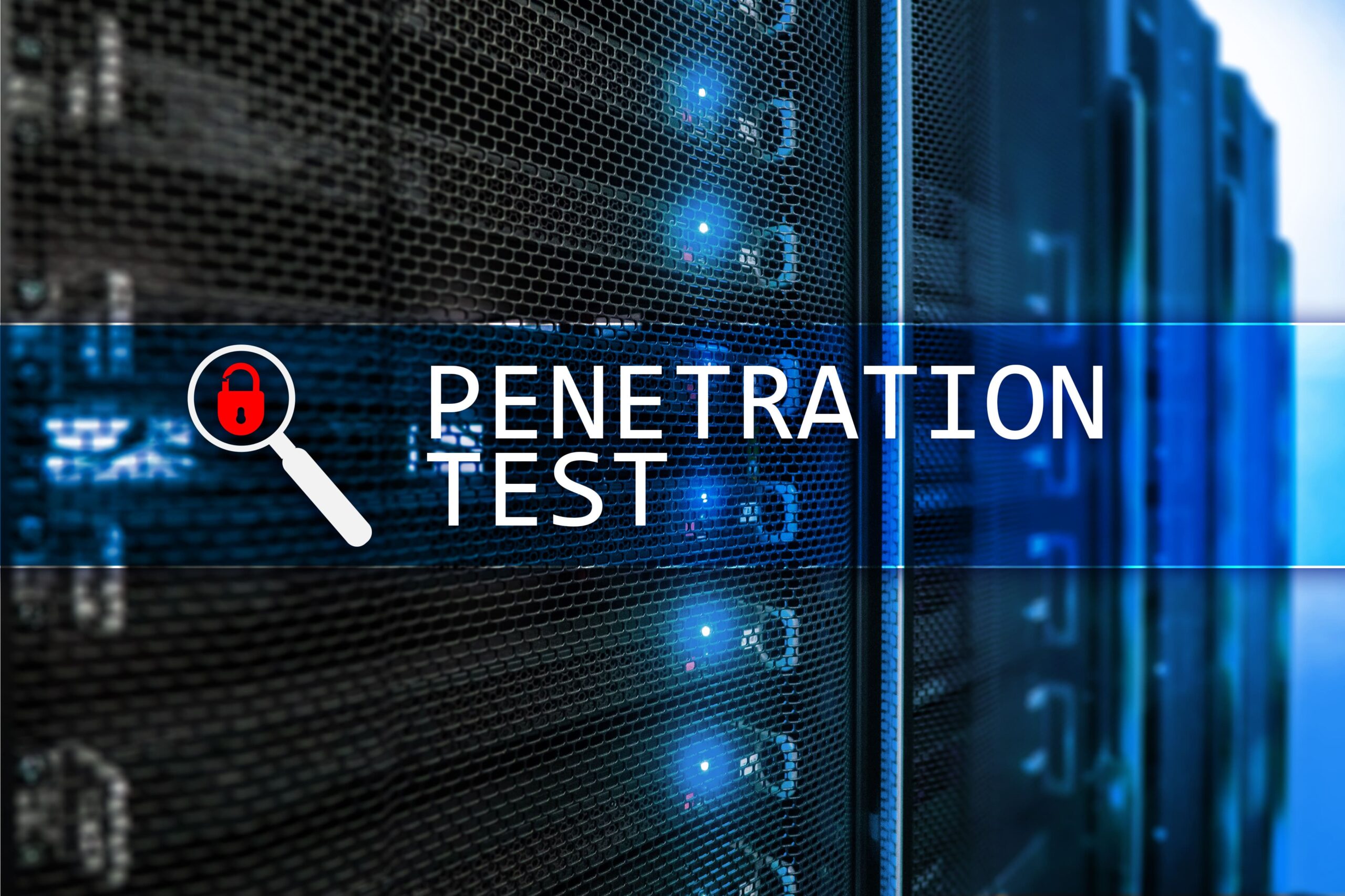

Insights from 18 months of cloud pentests reveal consistent failure patterns—and how security teams can evolve from checklist-driven practices to attacker-informed defense. What follows is based on the Pentera paper “The Diary of a Cyber GOAT.”
Over-permissive IAM roles allowed attackers to escalate privileges.
Flat segmentation made it easy to move laterally across cloud regions.
Disabled or insufficient logging left gaps in forensic visibility.
Shared credentials introduced single points of failure.
Lack of threat emulation meant theoretical controls weren’t tested under pressure.
These aren’t rare exceptions—they’re common patterns. And when cloud pentests revealed them, the consequences were clear: organizations that assumed they were safe spent twice as long remediating incidents when breaches occurred.
Test segmentation and identity boundaries across accounts and regions.
Refine detection engineering based on real attack paths.
Focus remediation on the most exploitable weaknesses.
Instead of reacting to scanner alerts or chasing compliance checkboxes, teams can take control. They can ask the right questions at the board level—about real attacker movement, not theoretical CVSS scores.
In the GOAT’s own words: “It wasn’t the unknown that got us. It was what we assumed was covered.” That’s the lesson. Cloud pentesting doesn’t just reduce risk. It changes the mindset from reactive to resilient.
Learning from the Cyber GOAT
When Pentera released “The Diary of a Cyber GOAT,” it resonated with security leaders because it told a painfully familiar story: a well-meaning CISO overwhelmed by dashboards, alerts, and assumptions. The GOAT wasn’t about ego—it was about accountability and evolution. This follow-up eBook dives deeper into one of the GOAT’s most crucial takeaways: the value of cloud pentesting in exposure management. Pentera’s research draws on over a year of adversarial simulations across hybrid environments. The patterns that emerged are both alarming and instructive. Organizations consistently misjudged their readiness in key areas like IAM, segmentation, and detection. Many believed they were covered—until real-world pentesting proved otherwise.Five common blind spots
The same pitfalls showed up again and again:Turning insight into action
The good news? These insights offer a clear playbook. Cloud pentesting gives teams a way to:Get essential knowledge and practical strategies to fortify your cloud security.
Categories: CyberTags: Pen Testing



